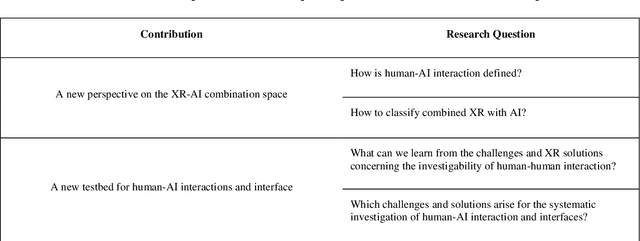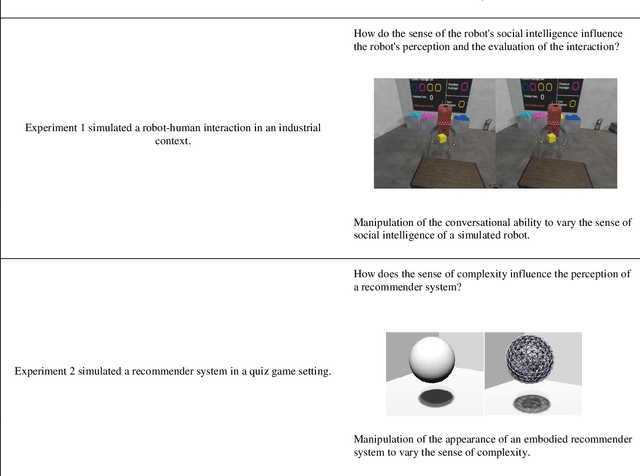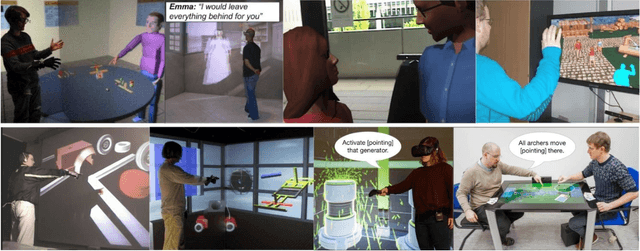eXtended Artificial Intelligence: New Prospects of Human-AI Interaction Research
Paper and Code
Apr 05, 2021



Artificial Intelligence (AI) covers a broad spectrum of computational problems and use cases. Many of those implicate profound and sometimes intricate questions of how humans interact or should interact with AIs. Moreover, many users or future users do have abstract ideas of what AI is, significantly depending on the specific embodiment of AI applications. Human-centered-design approaches would suggest evaluating the impact of different embodiments on human perception of and interaction with AI. An approach that is difficult to realize due to the sheer complexity of application fields and embodiments in reality. However, here XR opens new possibilities to research human-AI interactions. The article's contribution is twofold: First, it provides a theoretical treatment and model of human-AI interaction based on an XR-AI continuum as a framework for and a perspective of different approaches of XR-AI combinations. It motivates XR-AI combinations as a method to learn about the effects of prospective human-AI interfaces and shows why the combination of XR and AI fruitfully contributes to a valid and systematic investigation of human-AI interactions and interfaces. Second, the article provides two exemplary experiments investigating the aforementioned approach for two distinct AI-systems. The first experiment reveals an interesting gender effect in human-robot interaction, while the second experiment reveals an Eliza effect of a recommender system. Here the article introduces two paradigmatic implementations of the proposed XR testbed for human-AI interactions and interfaces and shows how a valid and systematic investigation can be conducted. In sum, the article opens new perspectives on how XR benefits human-centered AI design and development.
 Add to Chrome
Add to Chrome Add to Firefox
Add to Firefox Add to Edge
Add to Edge